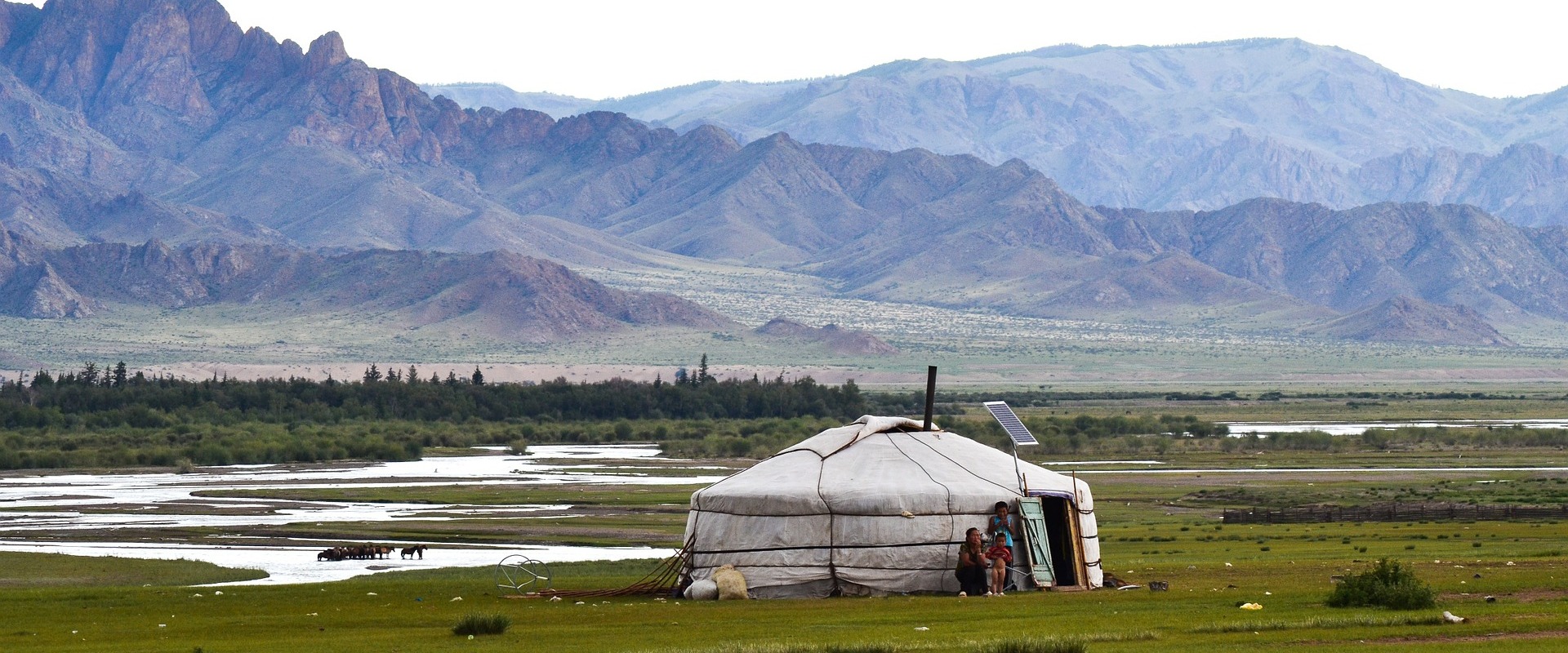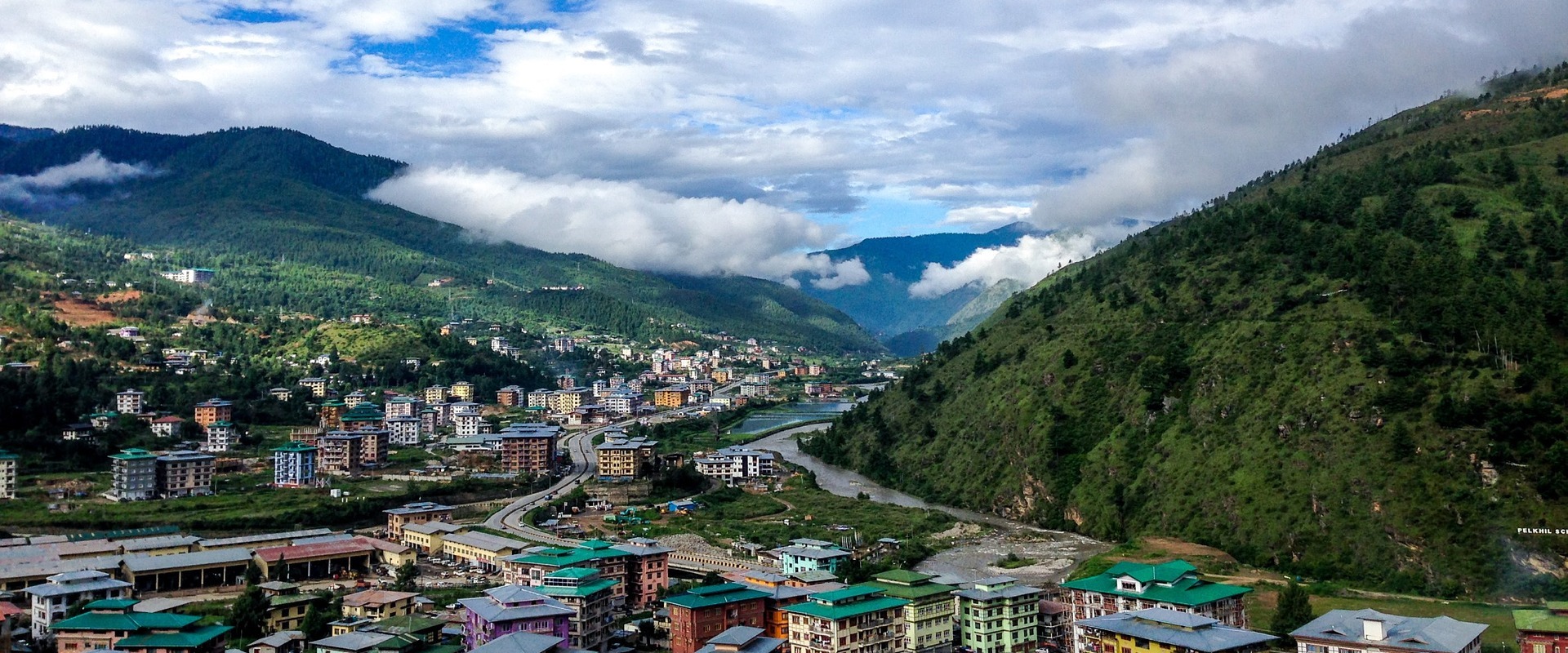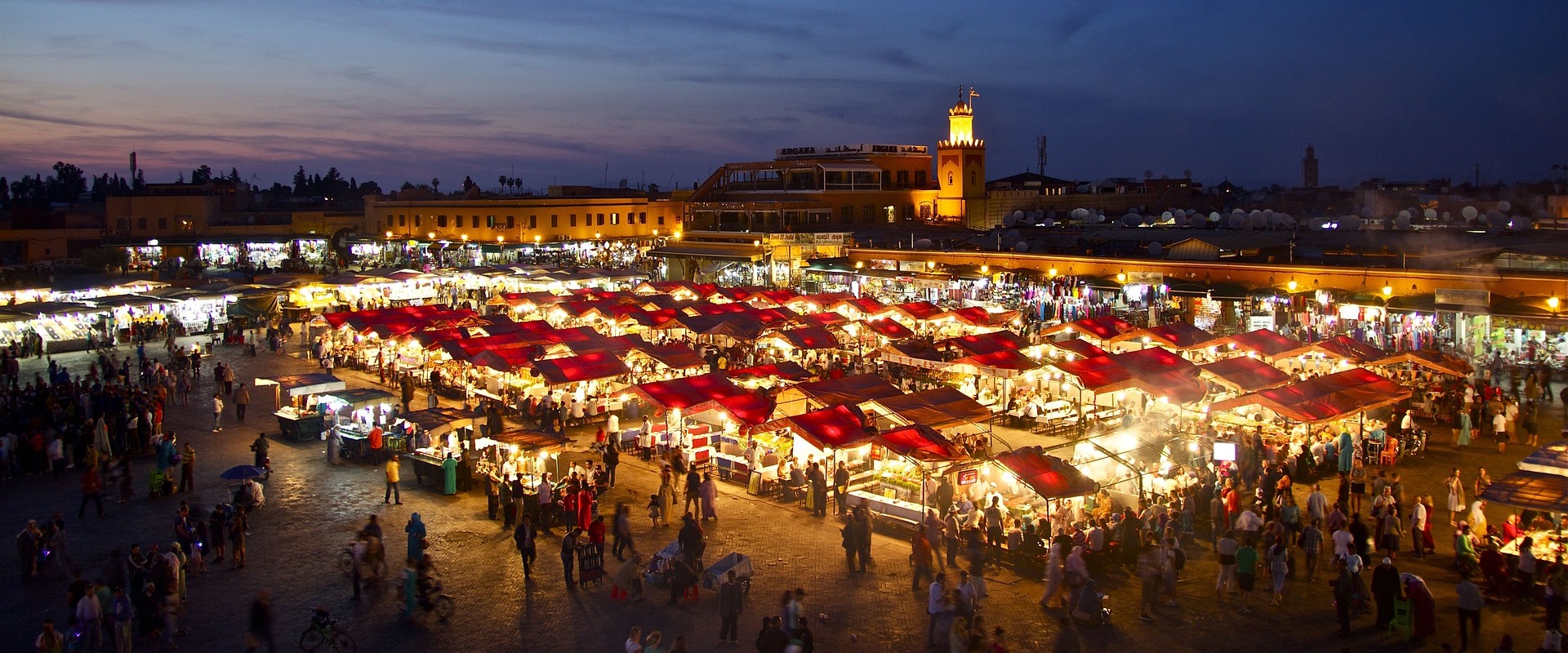Technology Needs Assessment
Pathways for climate tech implementation
Success Stories
Many developing countries have successfully implemented climate technology projects based on the outcomes of their technology needs assessment. Through the assessment, they developed technology action plans which are practical roadmaps for technology implementation. These technology action plans have led to concrete action on the ground. Such plans are now supporting countries to accelerate the implementation of their nationally determined contributions and national adaptation plans.
Here you will find a snapshot of success stories in different regions around the world. Click on the country names below to jump to that country’s success story, or simply scroll down. For a full list of success stories, visit the TT:CLEAR projects page and click on ‘supported projects’.
LEBANON
MONGOLIA
JORDAN
BHUTAN
MOROCCO
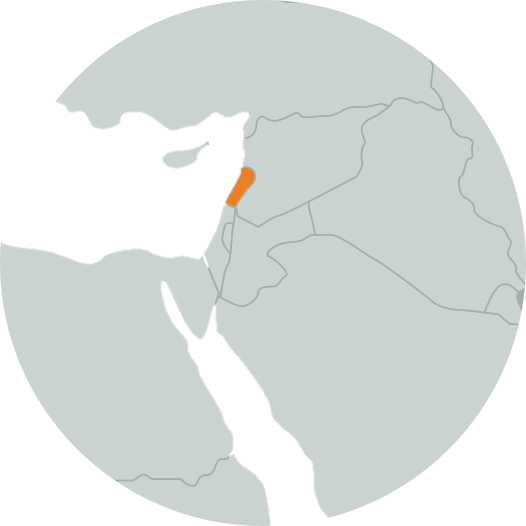
LEBANON
Adapting Livestock Systems
Pumped water from artesian wells is a common source of irrigation and water for Lebanese farmers. However, in recent years the negative impacts of climate change have hit farmers hard, with the wettest months of the year not receiving the bulk of precipitation they used to. Subsequently, with the decrease in rainfall and snow, artesian wells have not been recharged. As a result, farmers have to pump even deeper, exposing groundwater to the risk of salinization due to sea water intrusion, and over-exploiting water at a rate faster than its renewal.
Harvesting rainwater from greenhouse tops is one of the key technologies for adaptation identified through the technology needs assessment process in Lebanon and recommended in its technology action plan. However, the plan identified the technology’s reduced cost-effectiveness when it is affected by limited rainfall as one of the key barriers for its dissemination and scale up. On this basis, the United Nations Development Programme in Lebanon and the Lebanese Ministry of Environment have gathered the lessons learned from the installations in the three pilot sites of Choueifat, Kfarmashoun and Damour and documented them in guidelines targeted at all Lebanese farmers interested in replicating this rainwater harvesting technology. During one rainy season, the total amount of rainwater harvested from the top of the 14 greenhouses in the three pilot sites reached almost 1 million m3. Find out more.
Back to Top
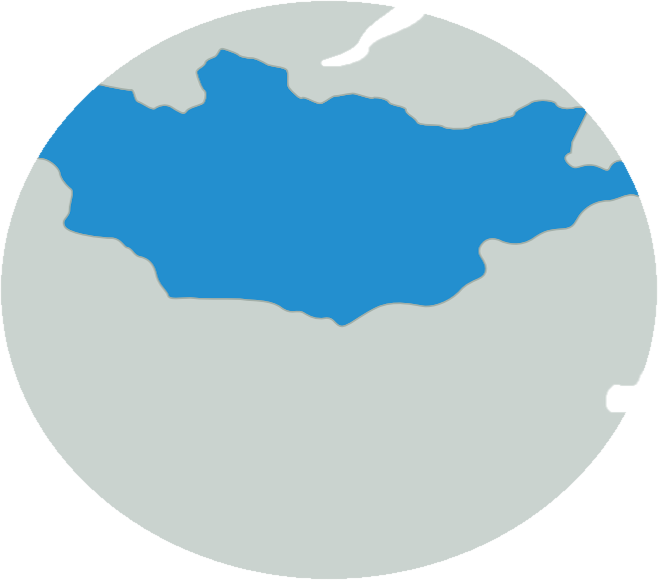
MONGOLIA
Efficient and Renewable Technologies
In Mongolia, micro, small and medium sized enterprises make up 90% of all businesses. A majority of these enterprises use outdated and inefficient technologies. The potential emission reduction achievable by using more efficient technologies is significant, but access to such technologies by the enterprises is challenged by high investment costs. Action in this area would contribute directly to the country’s nationally determined contributions goal of a 14% reduction in total national greenhouse gas emissions by increasing renewable electricity generating capacity and increasing the use of energy efficient products. As part of the technology needs assessment process, the high cost of capital was identified as a barrier to growth in the Mongolian energy efficiency and renewable energy market.
Based on the recommendations from the technology needs assessment, XacBank – a large local commercial bank – took the initiative to address this barrier to technology uptake. XacBank has experience in providing environmentally sustainable solutions for businesses, and operating loan programs in partnership with international financial institutions. On this background, Xacbank submitted a proposal to the Green Climate Fund to support investments by micro, small and medium sizes enterprises in energy efficient and renewable energy technologies. The Green Climate Fund contributed USD 20 million to extend XacBank’s existing USD 60 million Business Loan Program. This contribution allows XacBank to lower its interest rates on loans to businesses looking to invest in renewable energy and energy efficiency technologies. The expected impact from this loan program is an average greenhouse gas emission reduction of almost 150,000 tonnes CO2 per year. Find out more.
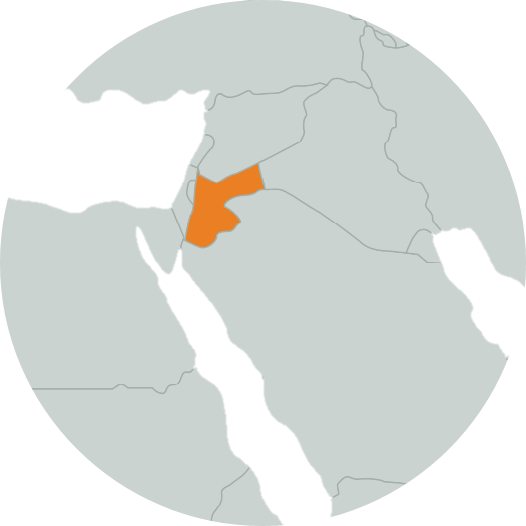
JORDAN
Grassland Management
Grazing rangelands cover 90% of Jordan’s land area. While livestock management in one of the world's driest countries has always been a challenge, recent climatic change is worsening the situation. The issue of livestock feeding has turned into an acute crisis.
Through its technology needs assessment, Jordan identified grassland management as one of its agricultural priority sectors for adaptation. After undertaking the assessment, it developed technology action plans to address these challenges. Based on the technology action plan proposed for the agriculture sector, the Jordanian Ministry of Environment is now developing a concept note for the Green Climate Fund to scale up this successful pilot project nationwide. This is one of five that Jordan is now developing with capacity building support from the Climate Technology Centre and Network through the UNEP-DTU Partnership. All concept notes are based on the technology needs assessment. Find out more.
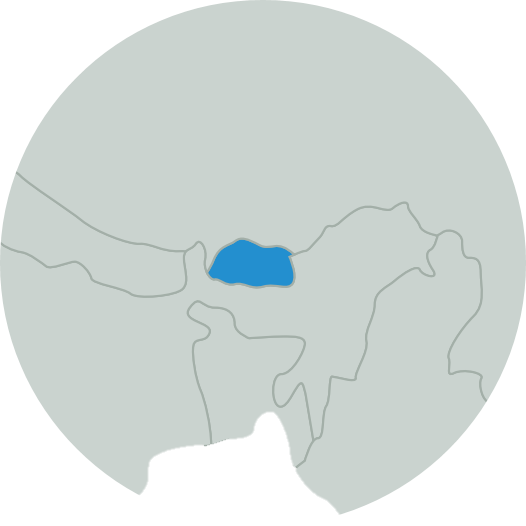
BHUTAN
Intelligent Transport Systems
In recent years, Bhutan has experienced increasing population growth and migration into urban areas. This growth has had a major impact on the transport sector and mobility needs of its citizens, and has resulted in more private and public vehicles on the roads. This has led to an increase in congestion, air pollution, noise pollution, traffic accidents and greenhouse gas emissions.
To address this growing problem, Bhutan developed a technology action plan identifying intelligent transport systems as a priority technology. Bhutan was able to use the plan as the basis for its application to the Climate Technology Centre and Network for supporting the implementation of intelligent transport systems. The Climate Technology Centre and Network supported Bhutan through training and field visits on this technology. It also provided additional training on developing a nationally appropriate mitigation action for furthering the implementation of intelligent transport systems. Find out more.
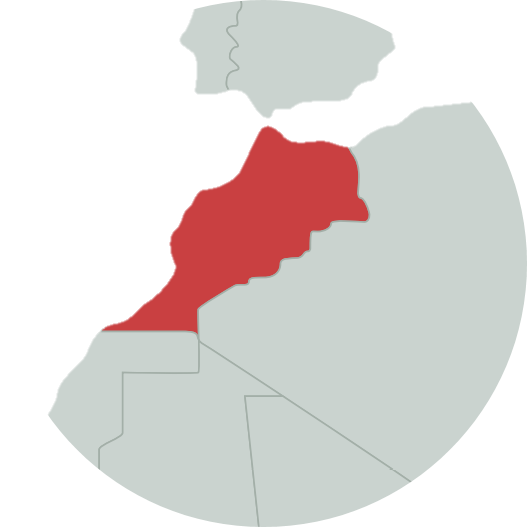
MOROCCO
Solar Photovoltaic
Morocco has focused its mitigation efforts on the energy sector, with the goal of reaching over 50% installed electricity production capacity from renewable sources by 2025.
Through its technology needs assessment, Morocco prioritized solar technologies. Based on the outcomes of the assessment, it developed a nationally appropriate mitigation action on photovoltaic technology in the household sector. The project aims to encourage the implementation of the national solar pumping programme, while also expanding its scope. Between 2015 and 2025, Morocco will install 30,000 pumps, helping to develop a structured and professional solar pumping supply sector in the country. This example demonstrates how technology action plans can act as a building block for enhanced mitigation action, giving countries the foundation necessary to scale up prioritized technologies. Find out more.

